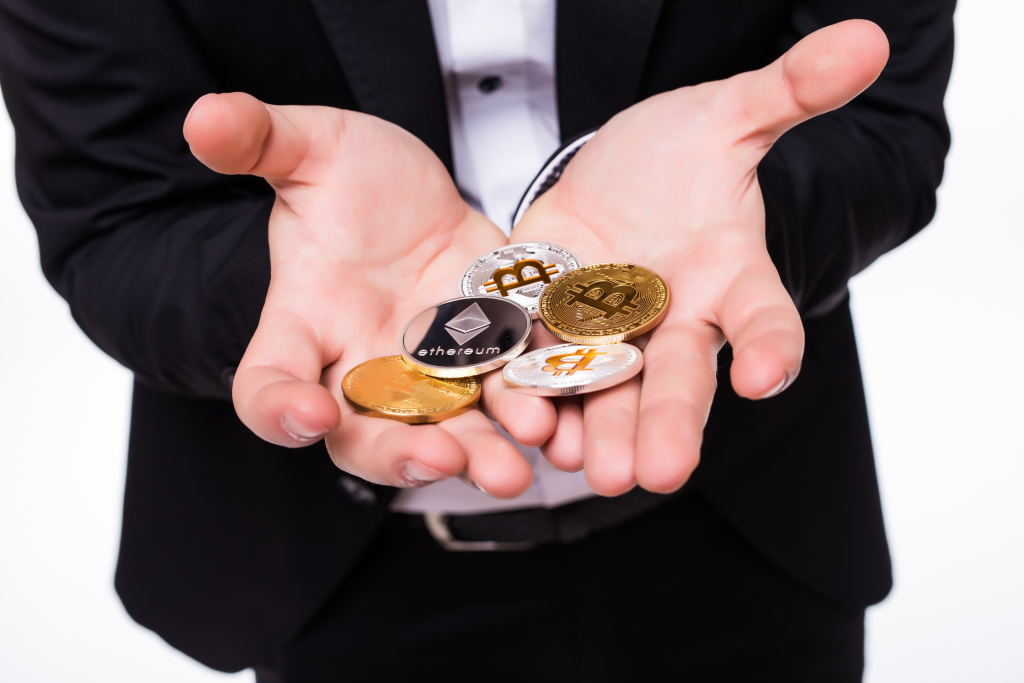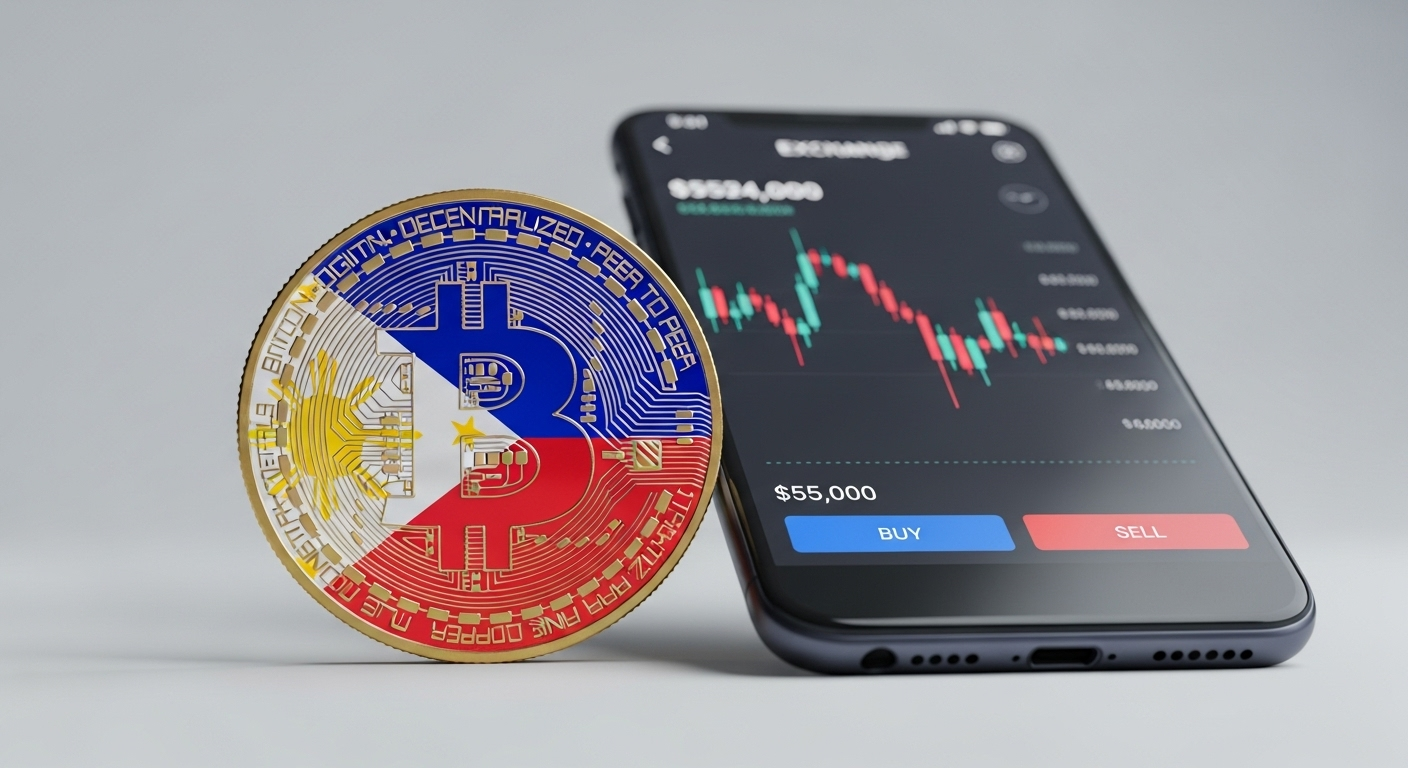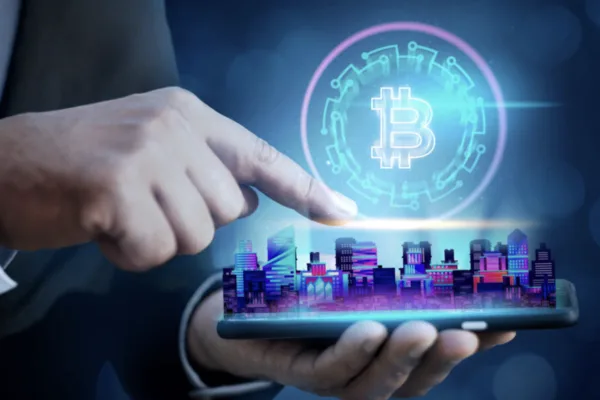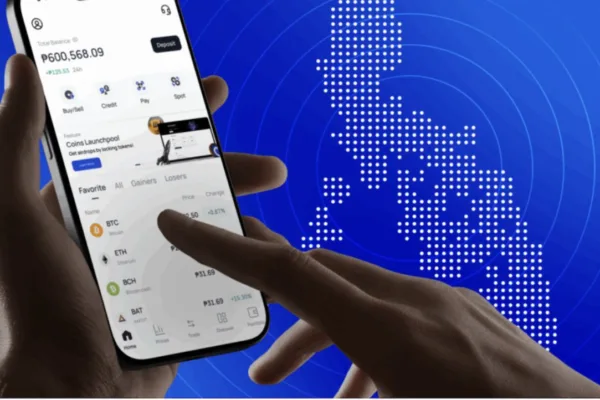by Rhyll Neri, Correspondent
This guide explores the top cryptocurrency exchanges in the Philippines, from BSP-licensed platforms like PDAX, Coins.ph, and Maya to global players like Binance. As crypto trading gains momentum, Filipinos must navigate regulation, fiat access, and tax compliance under the evolving oversight of the Bangko Sentral ng Pilipinas (BSP).
As crypto adoption surges in the Philippines, tighter regulation, growing demand, and the rise of government-licensed exchanges are reshaping how Filipinos buy, sell, and use digital assets.
Under the oversight of the Bangko Sentral ng Pilipinas (BSP), platforms like PDAX, Coins.ph, Maya, and UnionBank are emerging as key players in the regulated Virtual Asset Service Provider (VASP) space — offering secure fiat on/off-ramps and in-app crypto access for millions.
Meanwhile, global exchanges like Binance remain popular among advanced traders, often paired with BSP-licensed platforms to ensure compliance. With tax authorities preparing new reporting requirements under international frameworks such as the Common Reporting Standard for Crypto-Assets (CARF), Filipino crypto users are entering a new era — where access meets accountability, and regulation drives the next wave of Web3 growth.

Why regulation matters
If you’re buying crypto in the Philippines, licensing directly impacts whether you can deposit PHP, how your identity (KYC) and transactions (AML) are handled, and the legal protections available to you. The BSP issues VASP authorizations and maintains an up-to-date list of licensed providers — check it before depositing fiat.
The top cryptocurrency exchanges in the Philippines
| Exchange | Best for | PHP deposits/ withdrawals | BSP-licensed? | Notes |
|---|---|---|---|---|
| PDAX | Local trading, PHP on/off | Yes (bank transfer, InstaPay/PESONet, OTC) | ✅ | Philippine-built exchange focused on local liquidity and compliance. PDAX+1 |
| Coins.ph (Betur Inc.) | Payments, remittance rails, beginners | Yes (bank, cash-in partners) | ✅ | Integrated e-wallet and bill pay; long-established local brand. Bureau of the TreasuryTrusted Crypto Wallet |
| Maya | In-app convenience, micro investments | Yes (in-app) | ✅ | Banking + crypto in one app; limited withdrawal options for some tokens. Maya+1 |
| UnionBank (UB Online) | Bank customers who want crypto inside banking app | Limited / integrated | ✅ (bank VASP) | UnionBank is a BSP-authorized universal bank offering crypto features. PR NewswireBureau of the Treasury |
| Binance (global) | Wide token selection, active traders | Indirect — P2P and transfers via wallets | ❌ (global exchange) — widely used via P2P | Great liquidity & low fees but use with caution; pair with a BSP-licensed onramp for fiat. Binance P2PBinance |
Deep dive: Which crypto trading exchange should you pick?
1) PDAX — best local exchange for trading + fiat rails
Why choose PDAX: PDAX is a homegrown, BSP-licensed exchange built specifically for Filipino traders and investors. It supports straightforward PHP deposits/withdrawals, an orderbook for spot trading, and educational resources for beginners. It’s a great first stop if you want local support and direct peso rails.
Pros
- BSP-licensed (regulatory oversight).
- Direct peso deposits (Instapay, PesoNet, OTC partners).
- Local customer support & peso liquidity.
Cons
- Smaller token list and lower international liquidity vs global exchanges.
- Trading fees can be higher than global heavyweights for certain pairs (check fee page).
Recommended for: Filipinos who want clear fiat on/off ramps and prefer to keep funds inside a local regulated platform.

2) Coins.ph — best for payments, remittances & mass-market users
Why choose Coins.ph: Coins.ph is one of the oldest and most widely used crypto-enabled wallets in the Philippines. It combines e-wallet features (bill pay, remittance links) with crypto buying/selling. It’s held up as a mainstream option for everyday users.
Pros
- Strong onramp/offramp options across stores, bank transfers, and remittance partners.
- Familiar interface for non-traders — useful for remittances & bill payments.
Cons
- Not designed for advanced trading strategies; limited order types.
- For large traders, liquidity and spreads may not be competitive with global venues.
Recommended for: People who want an easy app to buy/hold crypto and use it for payments or remittances.
3) Maya — best for convenience inside a super-app
Why choose Maya: Maya combines digital banking, e-wallet and crypto features in one app. It’s BSP-licensed and makes buying first coins extremely frictionless (buy from ₱1). It’s ideal if you already use Maya for daily finances.
Pros
- Extremely low entry point (micro-buying).
- Integrated with Maya banking features.
Cons
- Some custodial limits (you may not be able to withdraw coins to an external wallet in certain cases). Check product terms.
Recommended for: Users who want “crypto inside banking” and convenience over advanced trading.

4) UnionBank — bank-grade custody + integrated banking
Why choose UnionBank: UnionBank is the first universal bank in the Philippines to secure BSP VASP authorization — offering crypto within the banking ecosystem (ideal for customers who want familiar bank-protected flows).
Pros
- Bank infrastructure, customer onboarding and integrated flows.
- May offer tighter identity/KYC workflows.
Cons
- Rollouts can be feature-gated or limited by bank policies; not necessarily ideal for active traders.
Recommended for: Bank customers who prefer to keep crypto within their banking app.
5) Binance (global) — best for broad token access and active traders
Why choose Binance: Binance is a global powerhouse with huge token variety, low trading fees, staking, derivatives, and deep liquidity. Many Filipinos use Binance’s P2P and wallet transfers to move between PHP and other exchanges. However, Binance itself is not a BSP-licensed local onramp — treat it as an international trading venue paired with a BSP-licensed local provider for fiat rails.
Pros
- Massive token selection and product suite.
- Low fees and deep liquidity.
Cons
- Not BSP-licensed for direct PHP deposits; using P2P or third-party rails adds counterparty risk.
- Be mindful of KYC/AML rules, and bank policies around transfers to global exchanges.
Recommended for: Traders who need advanced markets and token exposure, and who will use a local BSP-licensed exchange to cash in/out.
How to buy crypto in the Philippines — step-by-step (example flows)

A) Buy using PDAX (example)
- Sign up and finish KYC (ID + selfie). PDAX enforces KYC for fiat features.
- Deposit PHP via InstaPay / PESONet or OTC partners.
- Place a market order or buy instantly (depending on PDAX tools).
- To cash out, sell to PHP and withdraw to your bank.
B) Buy using Coins.ph
- Create account and complete verification.
- Cash in via online bank transfer, over-the-counter partners or remittance centers.
- Buy crypto in-app. For payments, use the wallet to pay bills or send remittances.
C) Buy on Binance + cash-in through P2P
- Register and verify on Binance.
- Use Binance P2P to buy USDT/BTC with PHP via local sellers (pay seller via bank transfer or InstaPay).
- Move tokens to a secure wallet or to a local exchange for fiat withdrawal.
Note: Always withdraw to your own wallet (self-custody) if you plan long-term holding and want full control. For cashouts, prefer BSP-licensed local rails to reduce friction and regulatory risk.
Fees, spreads and liquidity — what to watch
- Trading fees: Global exchanges like Binance usually offer lower maker/taker fees. Local exchanges may charge convenience fees for small buys.
- Spread on small buys: Tiny purchases (₱100 or less) on apps can carry higher effective spreads.
- Deposit/withdrawal fees: Local bank rails are typically low-cost; P2P transfers depend on counterparties.
Reminder: Always verify with the exchange’s official fee page — fees change frequently.
Security checklist (must-do before you buy)
✅ Use BSP-registered exchanges for regulated fiat access
✅ Enable 2FA (use an app or hardware key)
✅ Use strong, unique passwords and a trusted password manager
✅ Don’t store large amounts on exchanges — use self-custody wallets
✅ Watch for phishing and scams — double-check URLs, emails, and SMS
Reminder: Never share your private keys or seed phrases with anyone.
Tax and compliance — practical steps to stay out of trouble
The Philippines is actively developing crypto tax rules and aligning with international frameworks like CARF.
Here’s how to stay compliant:
- Track everything. Keep detailed records of every trade, deposit, and withdrawal (date, token, amount, PHP value, counterparty).
- Know your tax obligations. Capital gains and crypto-to-fiat conversions may be taxable.
- Stay updated. The Department of Finance and BIR have announced evolving tax regulations for 2024–2025.
- Bottom line: Until BIR says otherwise, treat all crypto gains as taxable and consult a professional.
Bottom line: You should treat crypto gains as taxable income until you’re told otherwise by formal BIR guidance — and keep records.
Compliance: KYC, AML and travel rule
BSP Circulars (like Circular No. 1108) formalize VASP definitions and KYC/AML requirements. Licensed exchanges implement KYC (identity verification), transaction monitoring, and travel-rule compliance. If you value ease of cashing out and legal protections, use BSP-licensed providers.
Wrapping up: Recommended setups by user type
- New investor / payment user: Coins.ph or Maya — simple, integrated, local fiat rails.
- Active trader: Use PDAX for local fiat + Binance for broad markets (move funds between them as needed).
- Bank-first user: UnionBank’s crypto features inside your existing banking app.
- Security-first long-term holder: Buy on a trusted exchange, then withdraw to your own hardware wallet (self-custody).
FAQs (short answers ready for schema)
Q1: Are cryptocurrency exchanges legal in the Philippines?
A: Yes — but they’re regulated as VASPs by the BSP; use licensed providers for PHP on/off ramps.
Q2: Which exchange should I use to buy PHP-backed stablecoins?
A: Local exchanges like PDAX and Coins.ph typically list PHP on/off ramps; stablecoin availability varies — check each exchange.
Q3: Do I need to pay taxes on crypto gains?
A: Yes, tax authorities are treating crypto gains under existing tax rules and the government is rolling out clearer frameworks — keep records and consult a tax pro.
Q4: Can I use Binance to cash out to PHP?
A: Indirectly: many use Binance P2P or move tokens to a local BSP-licensed exchange for fiat withdrawals. P2P adds counterparty risk — be cautious.
Q5: How do I find the full list of BSP-licensed VASPs?
A: The BSP publishes and updates an official VASP list — check the BSP website for the latest version.








